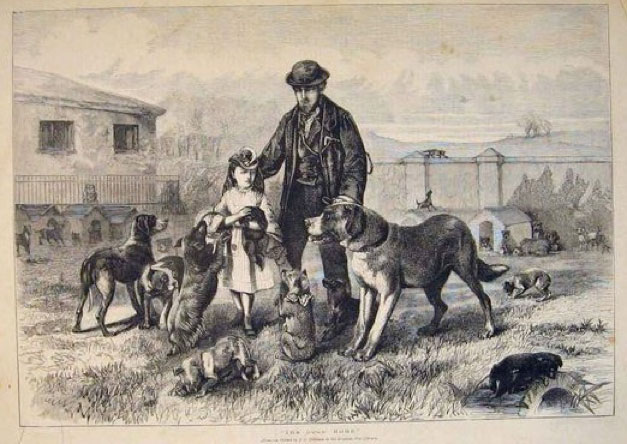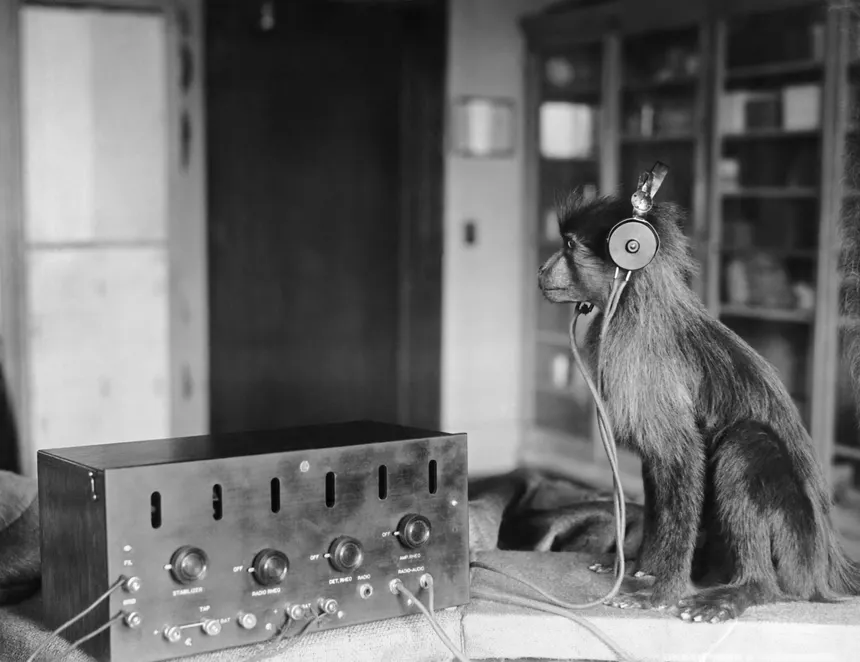“Paws and Prestige: The Surprising History of Victorian Dog Shows”

In the 19th century, Britain’s growing fascination with animals took a curious turn. Among the many eccentricities of Victorian society, one stands out for its sheer novelty and lasting influence: the invention of the modern dog show. Far from being mere spectacles of pet fancying, these early competitions were deeply tied to Victorian ideals of class, breeding, and control over nature. This article explores the unexpected origins, cultural significance, and enduring impact of Victorian dog shows.
1. The Victorian Era: A Time of Order and Classification
Victorian Britain was obsessed with classification—from cataloging plants and animals to codifying social status. The idea of purebred animals appealed to this mindset. Just as society had rigid hierarchies, so too were animals expected to conform to ideal standards.
- The Industrial Revolution created a new middle class with leisure time and disposable income.
- Dog ownership, once limited to aristocrats for hunting or protection, became a middle-class hobby.
- Breeds were increasingly seen as status symbols, mirroring human social stratification.
2. The First Official Dog Show: Newcastle, 1859
The first organized dog show took place in Newcastle-upon-Tyne in June 1859. It was modest—featuring just pointers and setters, and held in a pub—but marked the beginning of a craze.
- Organized by local hunters and breeders, it offered guns as prizes.
- Judging focused on working ability and conformation, reflecting practical concerns.
3. Rise of the Fancy: From Working Dogs to Show Dogs
By the 1860s and 1870s, dog shows became more elaborate, reflecting not utility but aesthetic beauty and pedigree.
- The Birmingham Dog Show Society (1860) helped standardize events.
- The Crystal Palace Dog Show (1871) hosted over 1,000 dogs, making it a national spectacle.
- Breeds like the Pekingese, Pug, and Bulldog gained popularity.
Dogs were no longer just companions—they were symbols of taste, refinement, and control.
4. The Kennel Club and the Codification of Breeds
In 1873, the Kennel Club was founded in London—the first national registry of purebred dogs.
- Its mission was to regulate dog shows and maintain breed standards.
- It published the Stud Book, listing pedigrees and winners.
- Breeds were increasingly judged by strict criteria, encouraging selective breeding.
This system shaped the dog world permanently and influenced animal competitions worldwide.

5. Gender, Class, and the Dog Show Scene
Dog shows were also a space where Victorian gender roles and class identities played out.
- Women, often excluded from scientific fields, found a role as breeders and exhibitors.
- Upper-class ladies, such as Queen Victoria herself, championed specific breeds like the Collie and Pomeranian.
- Middle-class participants used dog shows to aspire to upper-class lifestyles.
In many ways, dog shows became a stage for social mobility and display.
6. Criticisms and Consequences
Not everyone admired the dog show boom:
- Animal welfare activists worried about the impact of inbreeding and aesthetics over health.
- Satirists mocked the obsession with dogs over more pressing social issues.
- Yet, the cultural significance remained strong, and dog shows became embedded in British identity.
7. The Legacy of Victorian Dog Shows
Today’s international dog shows—from Crufts to Westminster Kennel Club—owe their existence to Victorian innovations.
- The Kennel Club still operates and influences global breeding standards.
- Dog breeds are still judged by Victorian-era standards.
- The culture of pedigree, competition, and spectacle lives on.
Conclusion: More Than a Pet Parade
What began as a modest show in a pub became a worldwide phenomenon. Victorian dog shows were not just about animals—they reflected the values, anxieties, and ambitions of an entire age. Behind the wagging tails and polished coats lay a deeper story about human society, control over nature, and the eternal pursuit of perfection.




